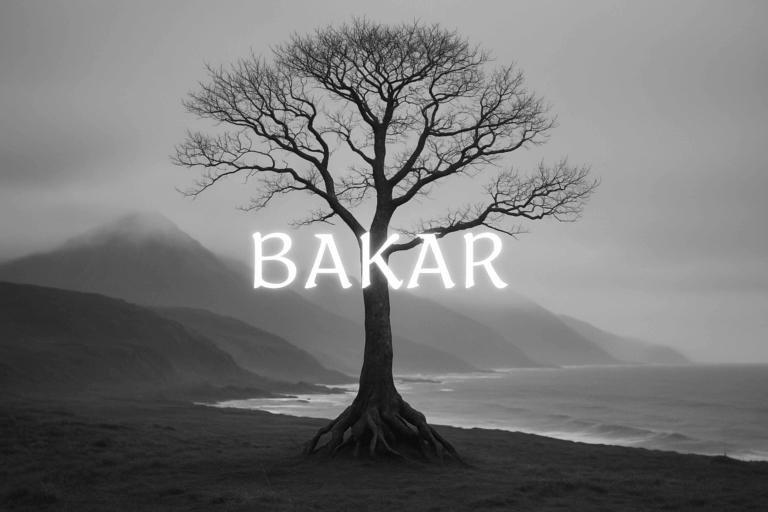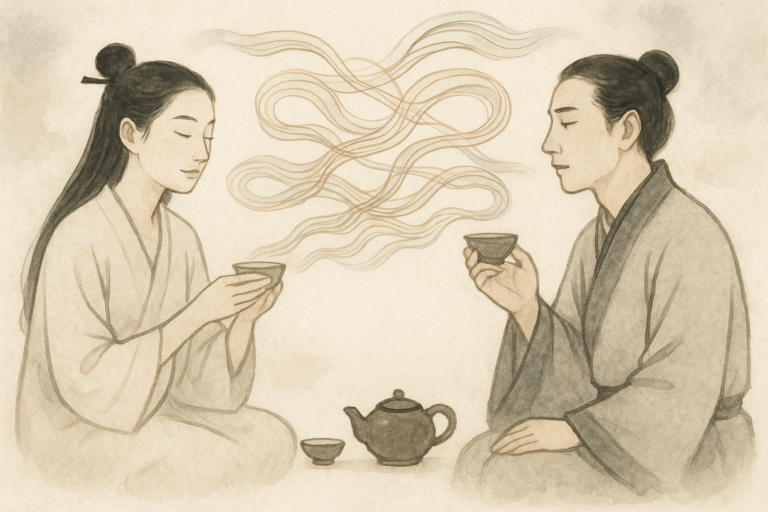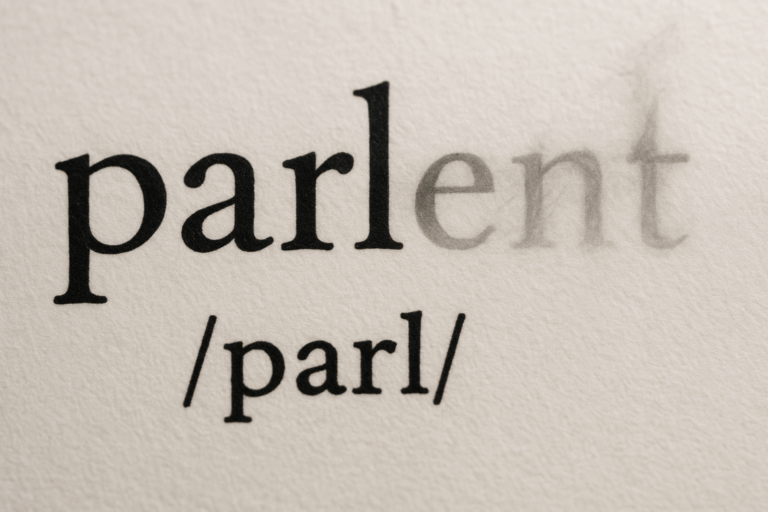A Linguistic Island in a Sea of Japanese
In linguistics, a language isolate is a natural language with no demonstrable genealogical relationship with other languages. It’s a family of one. While Japanese and Korean are themselves sometimes debated as isolates (though often grouped in a speculative Japonic-Koreanic family), the Ainu language, or Aynu itak, is in a class of its own. It shows no clear connection to any of the major language families surrounding it—not Japonic, Sino-Tibetan, Tungusic, or Nivkh.
For centuries, linguists have tried to link Ainu to other languages, proposing connections to everything from Altaic languages (a now largely discredited super-family) to Paleo-Siberian languages and even some Indigenous languages of the Americas. None of these hypotheses have held up to rigorous scrutiny. The Ainu lexicon, phonology, and grammar are profoundly distinct, making it a true linguistic enigma and a precious window into the deep linguistic history of the region.
A Polysynthetic Puzzle: The Grammar of Ainu
One of the most fascinating aspects of Ainu is its polysynthetic grammar. This is a typological category for languages where words can be extremely complex, often expressing a full sentence’s worth of meaning in a single, long word. This is achieved by incorporating nouns and other elements directly into the verb stem.
Let’s look at a simple example. In English, we say, “I build a house.” This is three separate words. In Ainu:
- cise means “house”
- kar means “to make or build”
- a- is the first-person prefix (“I”)
To say “I build a house,” an Ainu speaker can incorporate the noun “house” directly into the verb: a-cise-kar (I-house-build). The object is literally inside the verb! This process of noun incorporation is a hallmark of polysynthetic languages and makes Ainu feel structurally very different from English or Japanese.
Pronouns are also handled differently. Ainu is a “pro-drop” language (like Spanish or Japanese), where subject pronouns are often omitted because the information is already marked on the verb. The verbal prefixes and suffixes tell you who is doing what to whom.
For example:
- Ku-kor nispa. (I-have a chief.) -> “I have a chief.” / “The chief is mine.”
- Nispa a-kor. (A chief I-have.) -> “I have the chief.” (as a possession/in my party)
Notice how the placement of the pronoun prefix (ku- vs. a-) can subtly change the meaning and focus. While its five-vowel system (/a, i, u, e, o/) might look familiar to Japanese speakers, its grammatical core is a world away.
The Voice of the Kamuy: Yukar and Oral Traditions
For most of its history, Ainu was a purely oral language. It lacked a native writing system, but this did not stop it from developing an incredibly rich and sophisticated literary tradition. The pinnacle of this tradition is the yukar, long heroic epics passed down through generations of oral storytellers.
These epics are not just stories; they are cultural encyclopedias, religious texts, and historical records rolled into one. They are often chanted in a rhythmic, melodic style and can take hours to perform. Many yukar are told from the first-person perspective of a kamuy (a god, spirit, or divine being in the Ainu worldview) or a human hero, recounting their adventures, battles, and interactions with the natural and supernatural worlds. The stories of the gods, or kamuy yukar, explain the origins of the world, animals, plants, and cultural practices, reinforcing the Ainu belief that kamuy exist in all things.
Today, Ainu is written using either a specially adapted version of the Japanese Katakana script or a standardized Latin-based alphabet. The Katakana system is unique in that it uses a smaller, subscript version of a character to represent final consonants, which don’t exist in standard Japanese (e.g., the word itak, “language,” is written イタㇰ, with a small ㇰ for the final ‘k’ sound).
A History of Suppression
The story of the Ainu language is also a story of immense loss. Following the Meiji Restoration in 1868, the Japanese government began a policy of aggressive colonization and assimilation in Hokkaido (which the Ainu call Aynu Mosir, “the quiet land for humans”). The 1899 “Hokkaido Former Aborigines Protection Act” forced the Ainu into Japanese-style agriculture, stripped them of their ancestral lands, and outlawed many of their traditional practices, such as tattooing and traditional hunting.
Crucially, the Ainu language was banned in schools and discouraged in public life. Ainu children were forced to learn and speak only Japanese. To protect their children from severe discrimination and bullying, many Ainu parents made the heartbreaking decision not to pass their language on. This deliberate suppression caused a catastrophic break in intergenerational transmission, and within a few generations, the language was pushed to the brink of extinction. By the late 20th century, only a handful of elderly native speakers remained.
The Fight for Revitalization
Despite this bleak history, the 21st century has seen a powerful movement to reclaim and revitalize the Ainu language. The turning point was the 1997 Ainu Cultural Promotion Act, which, for the first time, provided government funds for the promotion of Ainu language and culture. This was followed by the landmark 2019 law that officially recognized the Ainu as an indigenous people of Japan—a status they had long been denied.
Today, the fight for Aynu itak is being waged by dedicated communities, activists, and scholars. Efforts include:
- Language Classes: Ainu language classes are being taught in community centers across Hokkaido and even online, reaching a global audience.
- Media and Materials: There are Ainu language radio shows, dictionaries, manga, and educational materials being developed to support learners.
- University Programs: Scholars at universities like Hokkaido University and Chiba University are documenting the language and training a new generation of speakers and teachers.
- The Upopoy National Ainu Museum and Park: Opened in 2020, this national center serves as a major hub for Ainu culture and language preservation.
The number of fluent native speakers is now critically low, but the number of second-language learners is growing. Young Ainu are connecting with their heritage through language, breathing new life into the words of their ancestors. The Ainu language is more than just a collection of sounds and rules; it is a repository of a unique worldview, a connection to the kamuy, and a testament to the resilience of a people. Its survival is a crucial piece of Japan’s, and the world’s, cultural and linguistic tapestry.








